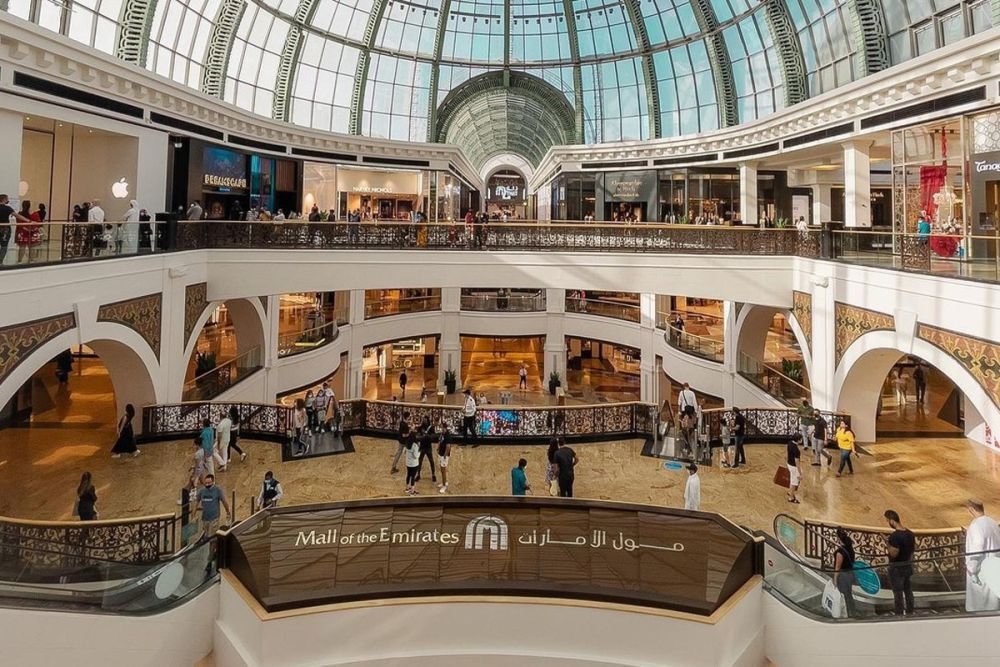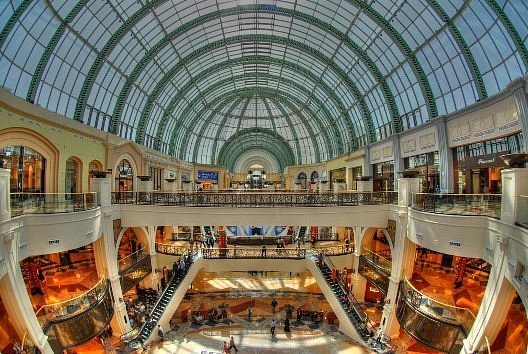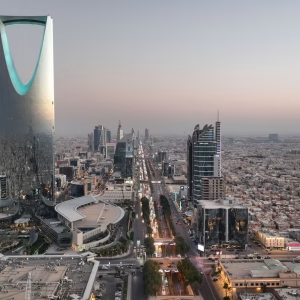Dubai has recently issued a directive requiring the owner of the Mall of the Emirates to restructure its board of directors. This decision highlights the city’s focus on enhancing corporate governance and boosting the performance of one of its most important retail landmarks. The Mall of the Emirates is not only a major shopping destination but also a symbol of Dubai’s modern development and global tourism appeal.
What is the Mall of the Emirates Board Restructuring?
The Mall of the Emirates board restructuring refers to the official order for Majid Al Futtaim, the mall’s owner, to change the composition and management of its board. This move intends to improve decision-making processes, strengthen oversight, and align the mall’s governance with the highest standards expected in Dubai’s business environment.
Board restructuring often involves replacing or adding members with specific expertise, such as in retail management, finance, or sustainability. It may also include setting new rules to improve transparency and risk management. For Majid Al Futtaim, this could mean appointing fresh leadership that can help the mall face new challenges and opportunities in a fast-changing retail world.

Why Did Dubai Order This Board Restructuring?
Several reasons influenced Dubai’s decision to require this board change:
- Strengthening Corporate Governance: Dubai aims to ensure that all major businesses follow best practices in transparency, accountability, and strategic planning.
- Responding to Market Challenges: The retail and real estate sectors have faced significant shifts globally, including changing consumer habits, economic uncertainties, and increased competition from online shopping.
- Supporting Dubai’s Economic Vision: Dubai has ambitious plans to remain a top global city for tourism, retail, and real estate. Strong governance is essential to protect and grow these sectors.
- Protecting Investor and Consumer Interests: By enforcing board restructuring, Dubai reassures investors and consumers that the mall is managed responsibly.
Who Owns the Mall of the Emirates?
Majid Al Futtaim is the owner and operator of the Mall of the Emirates. The company is one of the Middle East’s largest real estate and retail developers. Besides the Mall of the Emirates, Majid Al Futtaim owns several malls, hotels, and leisure assets across the region.
This restructuring order is a significant event for Majid Al Futtaim, as it reflects increased regulatory oversight and a push for enhanced governance at one of their most prominent properties.
What Could Change with the New Board?

Board restructuring means that the current directors might be replaced or supplemented with new members. These changes often bring:
- Fresh Perspectives: New board members may introduce innovative ideas and strategies to keep the mall competitive.
- Improved Risk Management: Stronger oversight committees to manage financial, operational, and reputational risks.
- Enhanced Focus on Sustainability: Aligning with Dubai’s green economy goals, the new board may push for more sustainable practices.
- Customer Experience Improvements: A board with retail experts could prioritize customer satisfaction and technological upgrades.
Impact on the Retail Sector in Dubai
Dubai’s retail sector is a key driver of its economy. The Mall of the Emirates is among the flagship malls that attract millions of visitors yearly. This restructuring shows Dubai’s commitment to maintaining high standards in its retail industry.
Other impacts include:
- Setting a Governance Benchmark: This move may inspire other companies to review and improve their own governance structures.
- Investor Confidence Boost: Transparent leadership attracts more investment into Dubai’s retail and real estate markets.
- Future Growth: A well-managed mall can expand its offerings, host more events, and enhance its global appeal.
How Board Restructuring Works in Practice
Board restructuring typically follows these steps:
- Assessment of Current Board: Authorities or shareholders review the effectiveness of existing board members.
- Decision on Changes: Based on performance and strategic needs, some members are replaced or new ones are added.
- Appointment of New Directors: New members with expertise in key areas are brought in.
- Setting New Policies: The board adopts new governance policies, including transparency, conflict of interest management, and regular reporting.
- Ongoing Monitoring: Authorities may monitor the changes to ensure compliance and effectiveness.
For Majid Al Futtaim, this means working closely with regulators to meet Dubai’s expectations.
What Does This Mean for Shoppers and Visitors?
While board changes are primarily a management-level issue, shoppers and visitors might notice positive changes over time:
- Better Services: New leadership may prioritize improving customer service and mall amenities.
- New Stores and Brands: The mall could attract more international and local brands.
- Innovative Experiences: The board might support new entertainment options, technology integration, or sustainable initiatives.
- Events and Promotions: More activities to enhance visitor engagement and shopping experience.
Dubai’s Broader Vision for Corporate Governance
Dubai has been strengthening regulations to make its business environment more transparent and accountable. This includes:
- Enforcing stricter rules for board composition and responsibilities.
- Encouraging diversity and inclusion on boards.
- Promoting environmental, social, and governance (ESG) principles.
- Supporting companies in adopting digital transformation.
The Mall of the Emirates board restructuring is part of this broader push to elevate Dubai’s corporate governance standards.
What Challenges Could the Mall Face?

Despite the positive outlook, the mall and its owner may face some challenges:
- Adapting to Market Changes: The retail landscape is evolving rapidly with digital competition and shifting consumer habits.
- Balancing Tradition and Innovation: The mall must maintain its iconic status while embracing new trends.
- Meeting Regulatory Expectations: Ongoing compliance with governance rules requires effort and transparency.
- Economic Uncertainty: Global economic factors may affect retail spending and tourism.
However, a well-structured board is better equipped to handle these challenges effectively.
Conclusion: A New Era for Mall of the Emirates Governance
Dubai’s directive to restructure the Mall of the Emirates board marks a critical step towards stronger governance, better management, and sustainable growth. As one of Dubai’s most visited shopping destinations, the mall plays a vital role in the city’s economy and tourism sector.
With new leadership and clear governance, the Mall of the Emirates is set to continue its success while adapting to future challenges and opportunities.
Do follow UAE Stories on Instagram
Read More: UAE Schools Final Exams 2025 to Start on June 10: Full Guide for Students and Parents













